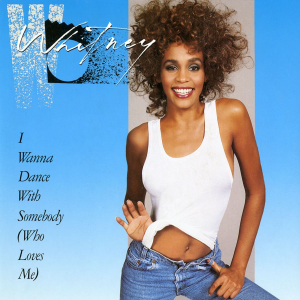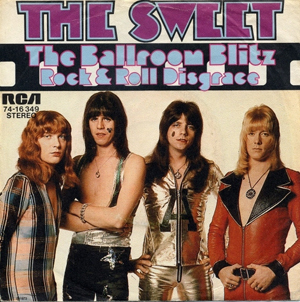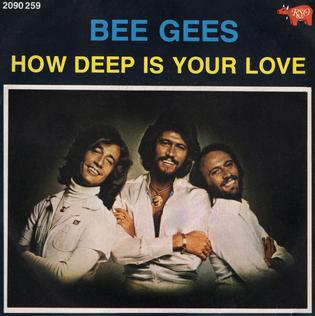Fleetwood Mac’s story is one of evolution, creativity, and enduring musical brilliance. From their humble beginnings in the British blues scene to their rise as global rock icons, this band has left an indelible mark on popular music.
The group’s journey began in 1967 when guitarist Peter Green assembled a lineup that included Mick Fleetwood and John McVie. Their early years were steeped in blues, with tracks like “Albatross” and “Oh Well” showcasing their raw talent and musical prowess. However, it was the addition of Stevie Nicks and Lindsey Buckingham in 1975 that catapulted Fleetwood Mac into the stratosphere of rock stardom.
The Buckingham-Nicks era ushered in a new sound for the band, blending pop sensibilities with rock edge and introspective lyrics. Their self-titled 1975 album featuring hits like “Rhiannon,” “Say You Love Me,” and “Over My Head” was just a taste of what was to come. In 1977, Fleetwood Mac released Rumours, an album that would define their career and cement their place in music history. Tracks like “Dreams,” “Go Your Own Way,” “Don’t Stop,” and “You Make Lovin’ Fun” not only rested at or near the top of the charts but also resonated deeply with listeners, exploring themes of love, loss, and personal struggle.
Fleetwood Mac’s willingness to experiment and evolve is evident throughout their discography. The unconventional production of “Tusk,” which incorporated the USC Trojan Marching Band, exemplifies the band’s commitment to pushing boundaries while maintaining their signature style.
The band’s impact on popular music is difficult to overstate. They’ve sold over 120 million records worldwide, making them one of the best-selling music acts of all time. Their accolades include multiple Grammy Awards, induction into the Rock and Roll Hall of Fame in 1998, and a Brit Award for Outstanding Contribution to Music. Beyond these formal recognitions, Fleetwood Mac’s influence can be heard in countless artists across various genres, a testament to their wide-ranging appeal and musical innovation.
As we look back on Fleetwood Mac’s legacy, it’s clear that their music transcends generations. Whether it’s the bluesy riffs of their early work, the pop-rock perfection of their ’70s hits, or the mature songcraft of their later albums, Fleetwood Mac continues to captivate listeners with their unique blend of melody, harmony, and raw emotion. Their journey through the decades stands as a testament to the power of music to connect, inspire, and endure.
Follow Tunes Du Jour on Facebook
Follow Tunes Du Jour on Twitter
Follow me on Instagram









